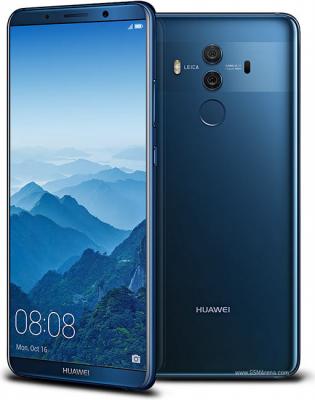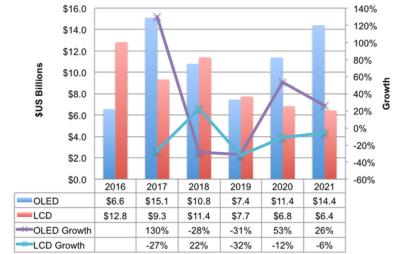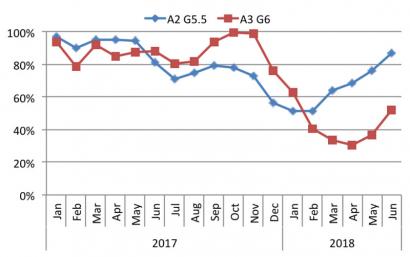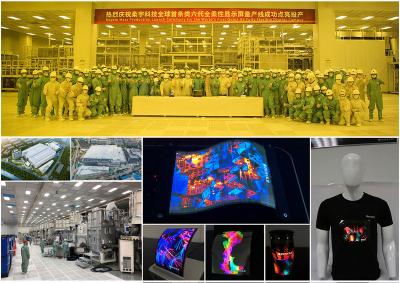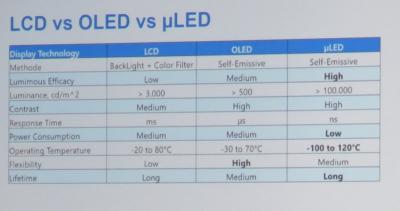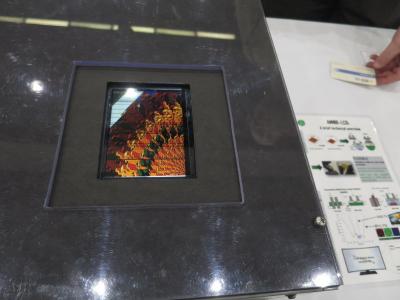Vivo launches its bezel-less OLED smartphone, the NEX
In February 2018 Vivo demonstrated a new concept smartphone called the APEX, that had a almost completely bezel-less OLED display. Today Vivo launched its latest flagship smartphone the Vivo NEX S (and the lower-spec NEX A) which features this innovative design.

The Vivo NEX S has a 6.49" 1080x2316 (388 PPI) AMOLED display, and a pop-out front camera (there is no room for a camera as almost all the front is covered with the display. The NEX S also features an under-the-display fingerprint sensor, a strong chipset and 8GB of RAM and 256GB of storage. The Vivo NEX A has a slower CPU, less memory - and a fingerprint reader on the back. Both phones will ship by the end of the month.


